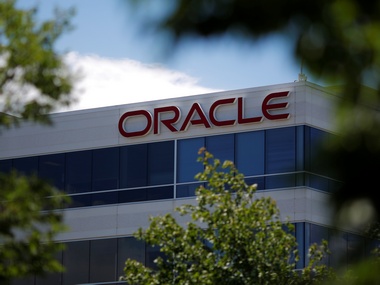Australia’s Aconex Ltd said on Monday it had received a A$1.56 billion ($1.2 billion), or A$7.80 in cash-per-share, buyout offer from US software major
**Oracle Corp**, sending the target’s share price up 45 percent. [caption id=“attachment_4263495” align=“alignleft” width=“380”] A sign marks a building housing Oracle offices in Burlington, Massachusetts, US. Image: Reuters[/caption] Aconex said in a statement its directors unanimously recommended the offer, with shareholders of the cloud-based project management company scheduled to vote on the bid at a scheme meeting in March next year. The Australian company specializes in web-based project management software that allows input from different teams. Its technology has been used on global projects including the Panama Canal extension. “Oracle’s offer of A$7.80 per share represents a significant premium and a high degree of certainty of value to shareholders through the cash offer and limited conditionality,” Aconex Chairman Adam Lewis said in a statement. Aconex founders Leigh Jasper and Rob Phillpot, who both have holdings of just over 5 percent, declined interview requests on Monday. The company has experienced massive share price fluctuations since listing in 2014 at A$1.90 and peaking at just above A$8.50 last year. The share price rose 45 percent immediately after trading resumed on Monday to just below the A$7.80 cash-per-share offer. Aconex, which focuses on construction projects, said it would be liable to pay Oracle about 1 percent of the deal’s equity value as a break-up fee under certain conditions which it did not specify. Oracle said in a statement that the transaction was expected to close in the first half of 2018. The proposed transaction was one of two major US-Australian technology deals unveiled on Monday, with Australian data centre provider Metronode receiving a A$1.04 billion ($791.2 million) bid from US company
**Equinix** Inc.
Aconex, which focuses on construction projects, said it would be liable to pay Oracle about 1 percent of the deal’s equity value as a break-up fee.
Advertisement
End of Article


)



